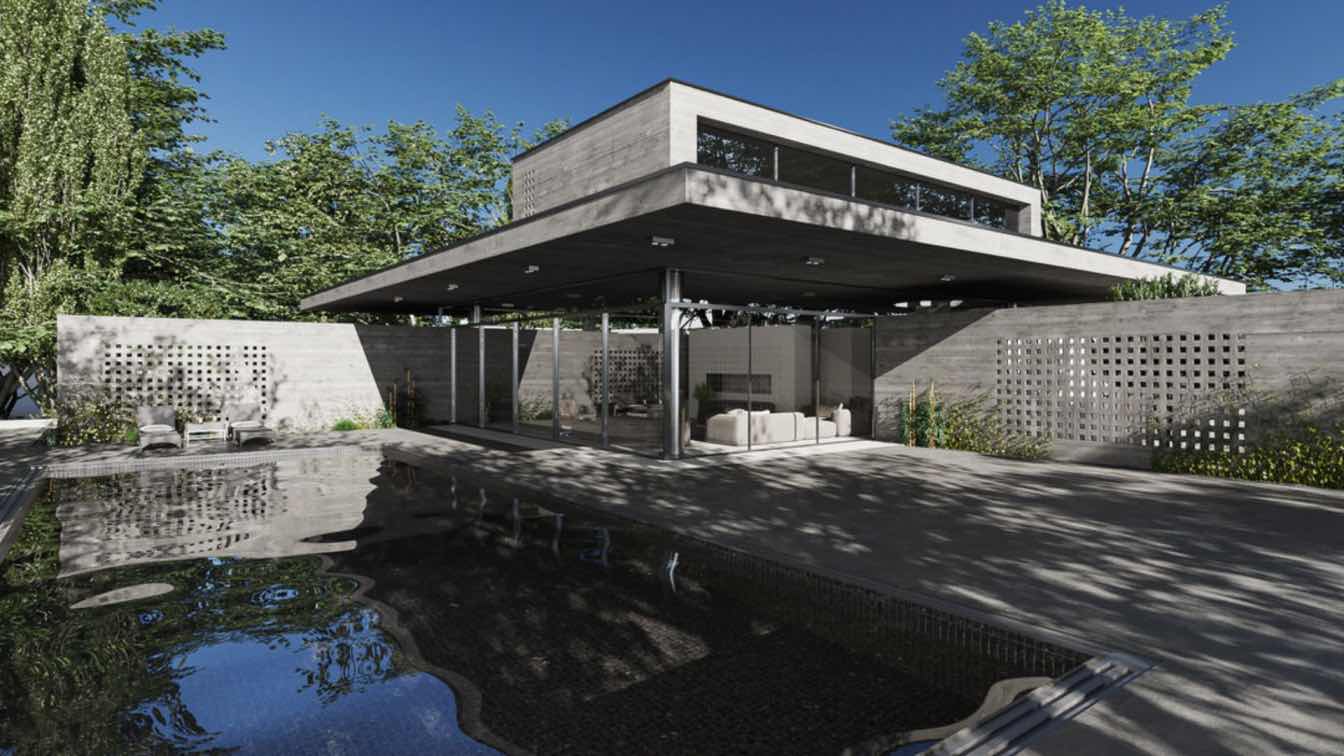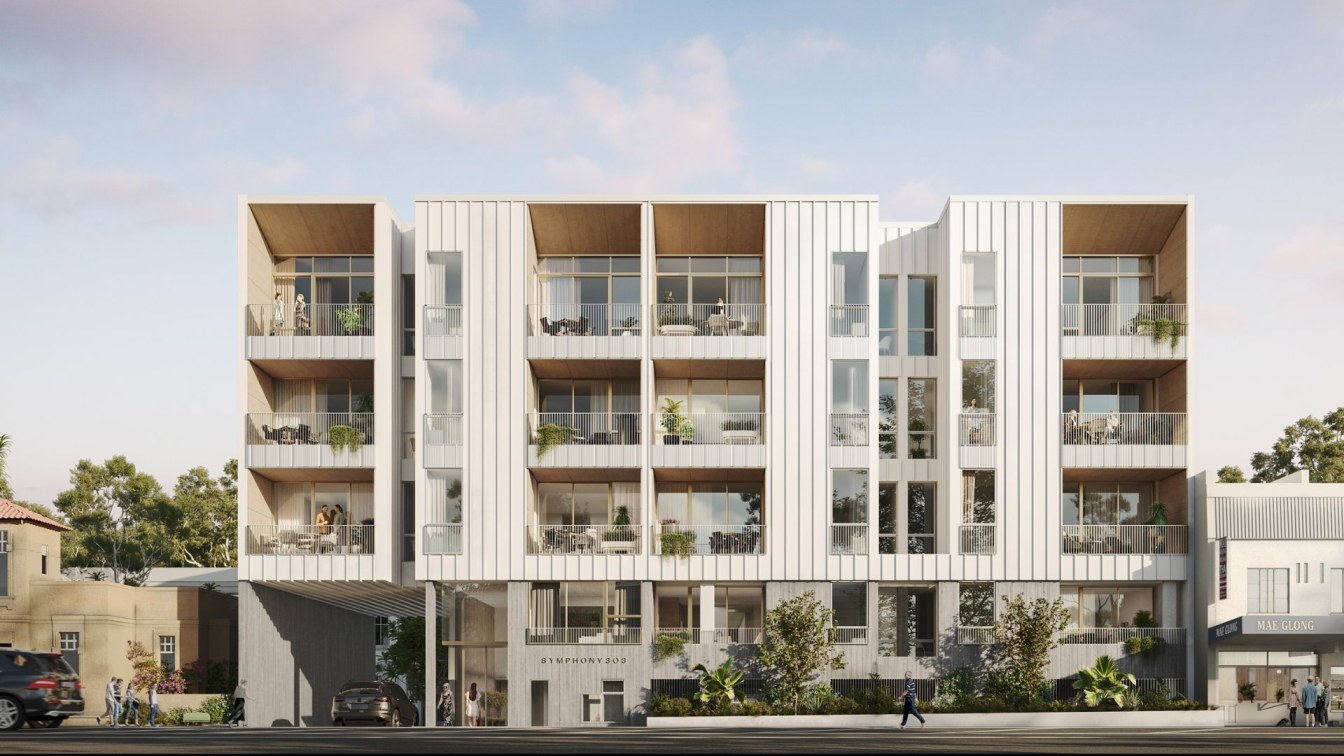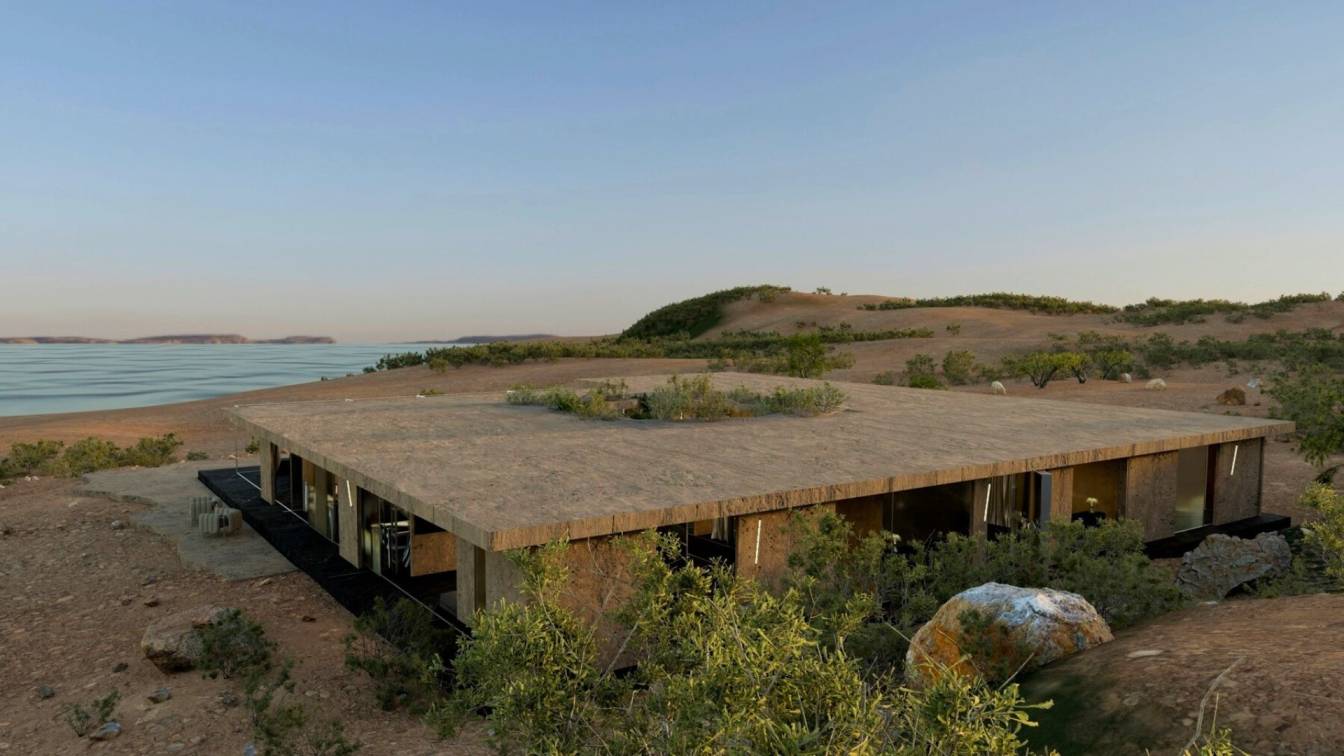Valentino Gareri Atelier has designed for Ecuadorian chocolate manufacturer MUZE Cacao and nonprofit organization Avanti the first of a global network of sustainable and smart villages; a carbon-neutral destination and innovation center for circular economy in the cacao industry.
The Cacao Ecovillage will be built in Pedernales, a county in the coastal province of Manabi, Ecuador, where the cacao farmers and families work and live. Construction will begin in 2022. This beachside destination - by the middle of the world - is known for its unspoiled panoramic beaches with great year-long weather, archeology, folklore, and an outstanding culinary tradition.
''We have pushed the circular economy core principles so much that they informed the design philosophy of the entire project. The cacao waste, result of the chocolate production process, will be re-utilized for 3d-printing parts of the village. Waste is not only turned into a resource, but into architecture. In the not-too-distant future, we will be able to design buildings entirely made of natural materials and recycle them at the end of their life cycle in order either to create new ones, or to return them back to nature''. (Valentino Gareri)
The sustainable architectural design behind Cacao Eco Village incorporates five core principles:
Modular: extendable, replicable and adaptable to different sites, dimensions and geometries.
Functional: the village will operate as a cacao processing, chocolate factory, educational and research center, co-living, co-working and cultural reference point to the local community and a conscious tourism destination.
Sustainable: Energy self-sufficient village (rainwater collection and solar energy, natural ventilation and built from local materials such as bamboo, timber, and 3D printed structures made of cacao shell waste biofilaments).
Tech enabled: using blockchain, IOT, and NFTs.
Connected: to the local community and traditions.

All the buildings are made of local and natural materials. The facades draw inspiration from the wide range of multi-colored Ecuadorian houses and from the cacao trees colorful fruits. The form of the buildings facilitates the rain water collection: the water tanks are integrated in the roofs, whose shape draws inspiration from the local Ecuadorian art patterns.
The Village is provided with a dense network of cycle-pedestrian boulevards, and the use of electric vehicles is highly encouraged with the presence of electric charging stations, while the cars and trucks transits are limited only around the Factory and Production area.
This new asset class of sustainable and smart infrastructure emerges as a solution for the environmental and social impact of the cacao industry, using a circular economy model as a creative solution for reducing environmental footprint, generating increased income, reducing resource dependency and minimizing waste.

MUZE Cacao's mission is to create new ethical cacao-based products using the most out of the fruit (~80% is currently wasted). These highly traceable products will reduce waste and offset carbon footprint while lifting farmers and their families out of poverty to integrate them into the global supply chain.
Cacao Ecovillage will be the ‘Silicon Valley’ for circular economy innovators; a space for inventions and a testing ground for AgTech, FinTech, FoodTech, startups, and companies; manufacturers, producers and researchers. A destination and co-living space for change-makers to connect, co-create, get inspired, and ignite social impact.










